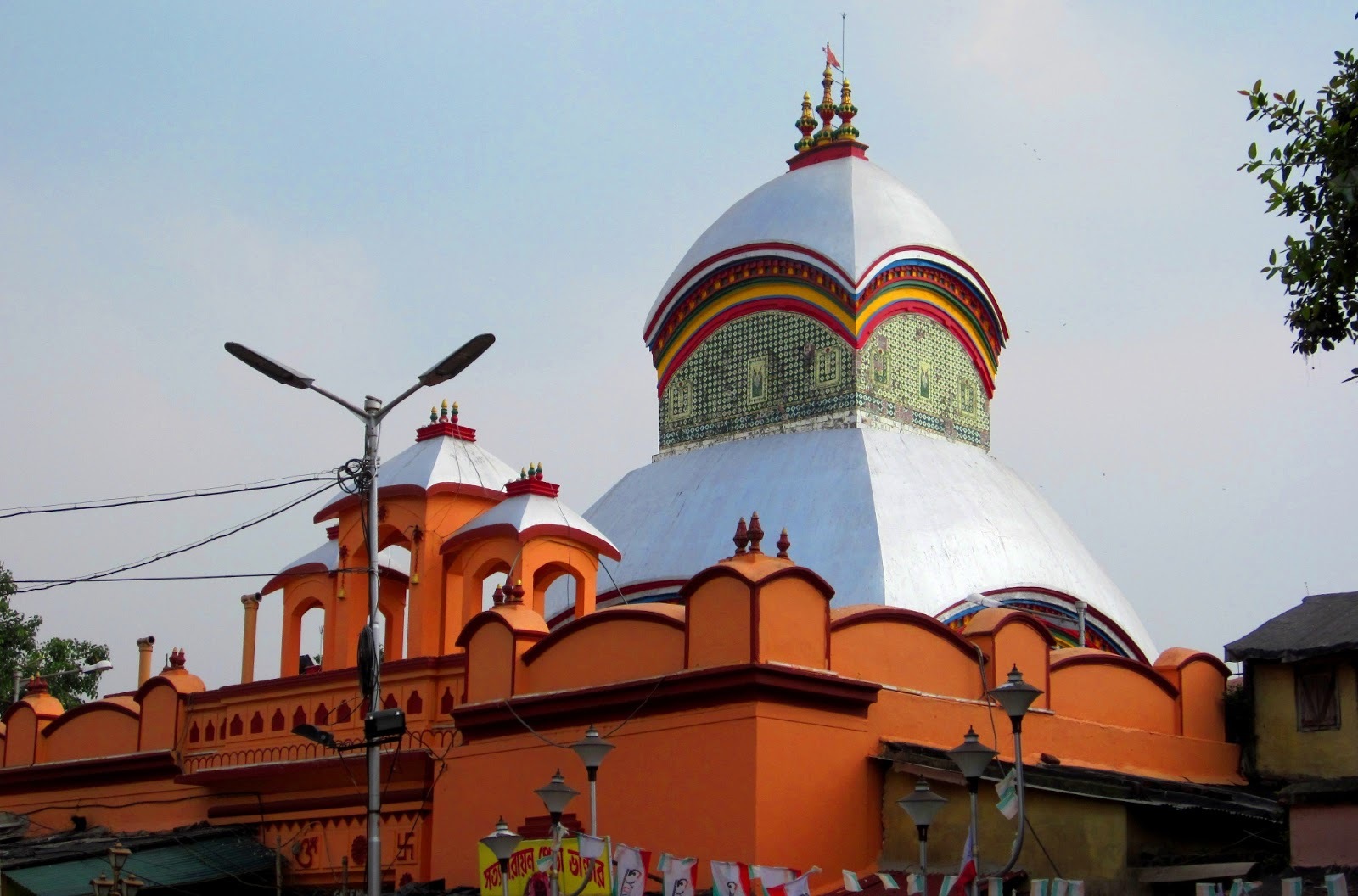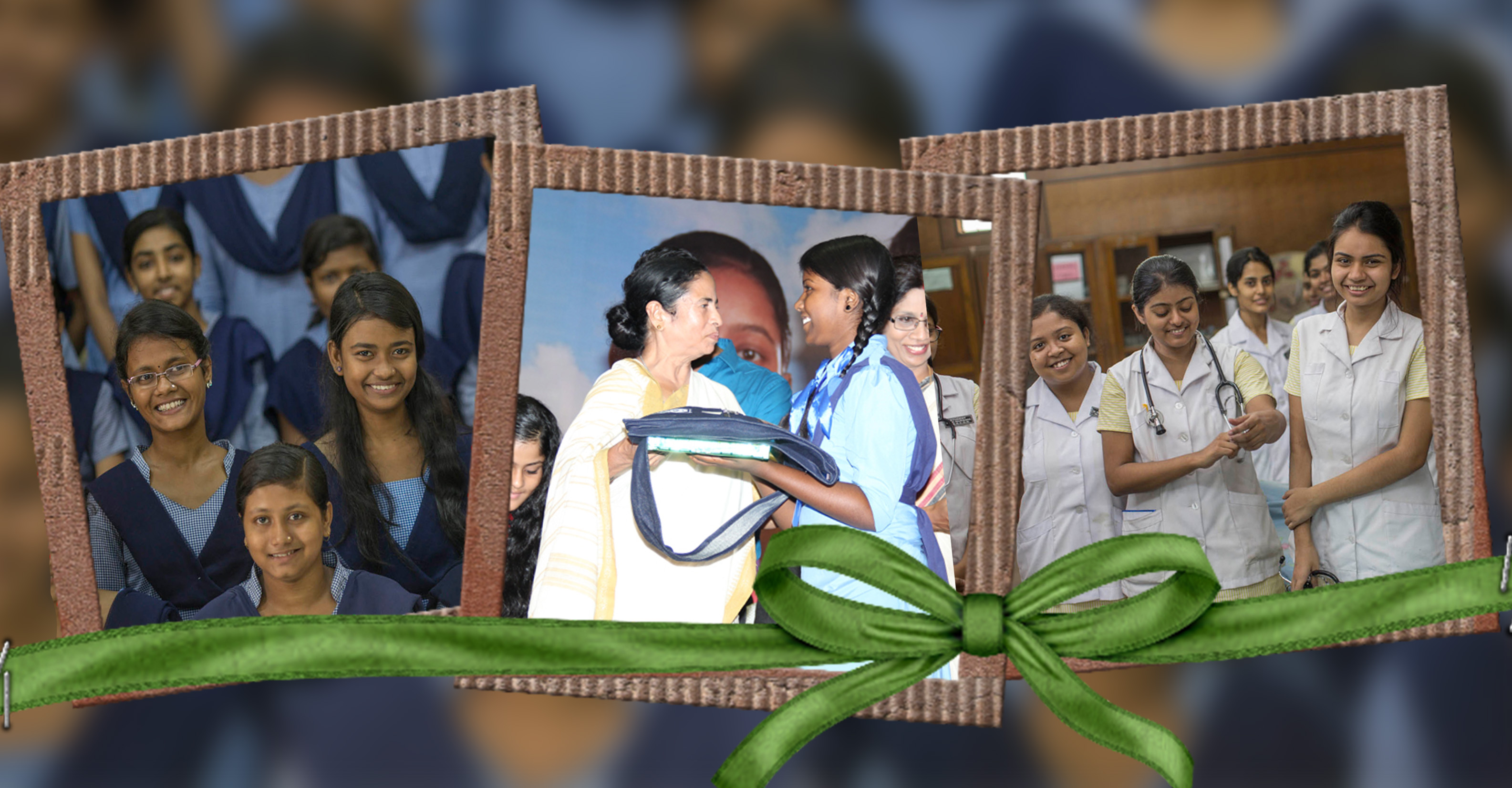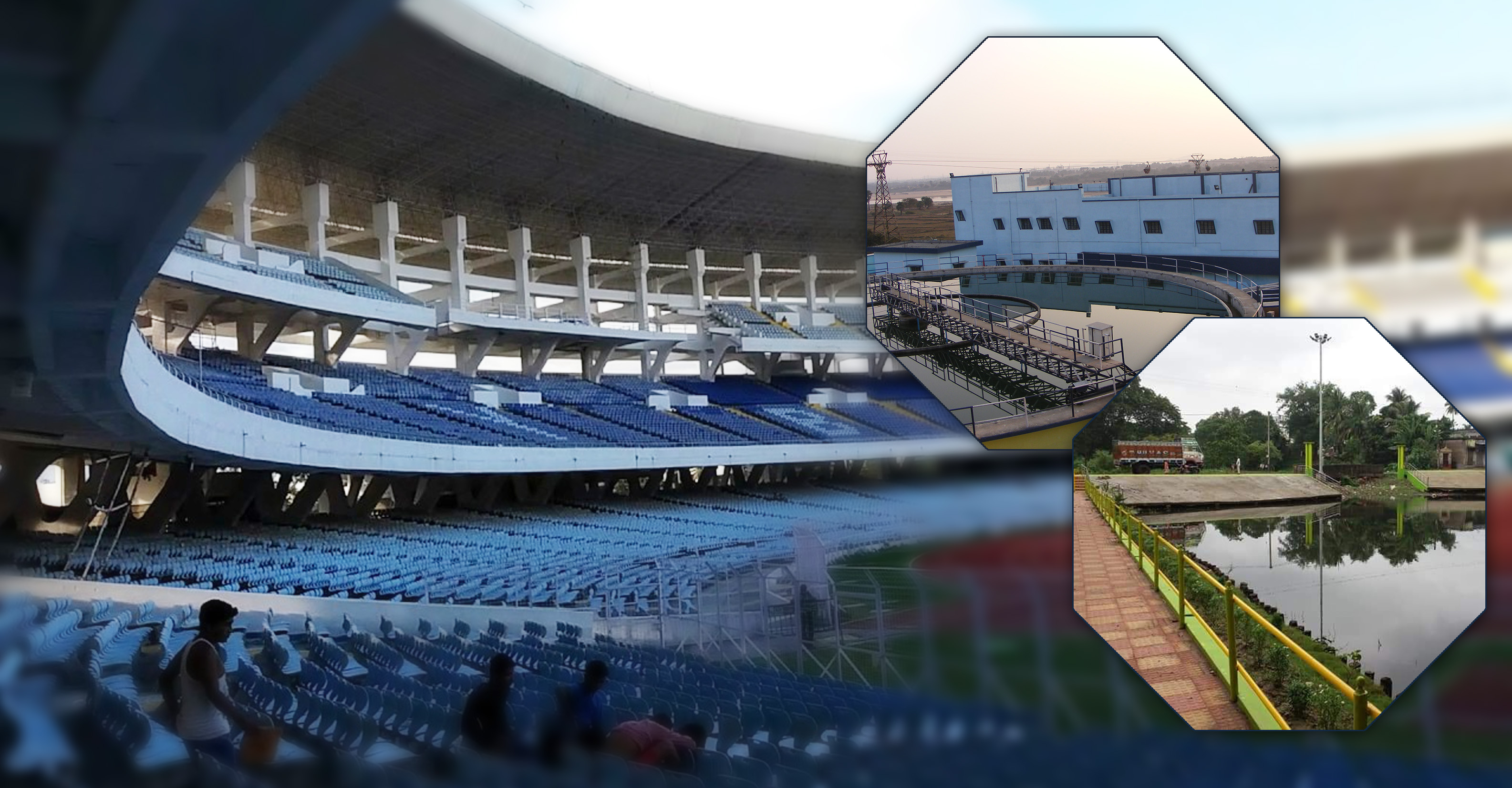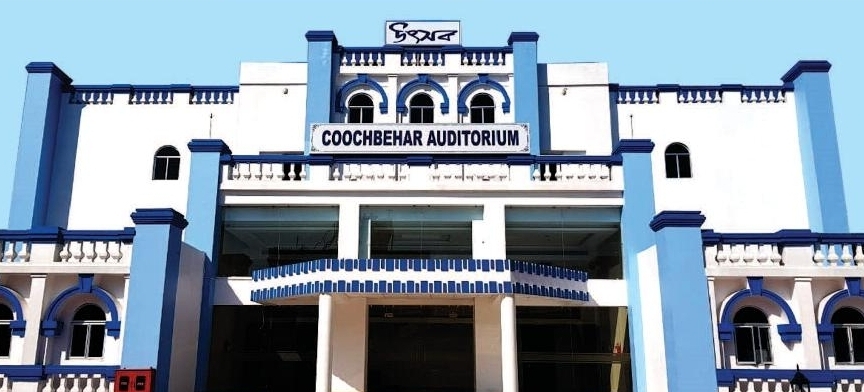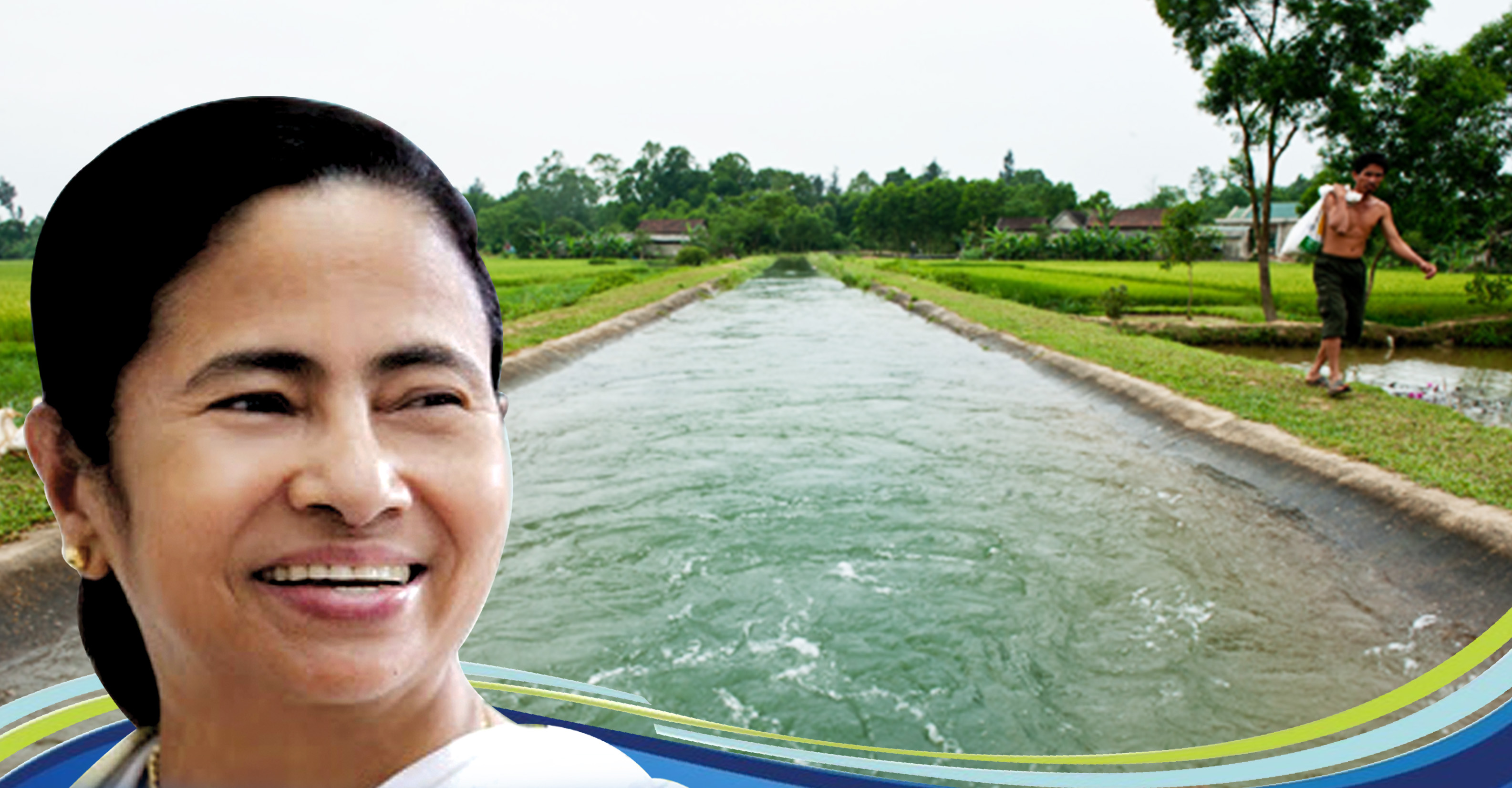About two years ago, on August 31, 2016, the Supreme Court of India passed a historic judgment declaring that the land acquisition made by the erstwhile Left Front Government in Singur was illegal and unconstitutional. It asked the present Trinamool Congress Government led by Chief Minister Mamata Banerjee to return the plots to their owners. Thus the 10-year struggle of Mamata Banerjee against illegal land acquisition ended in a victory for the farmers.
Mamata Banerjee had hailed the Supreme Court’s decision and said she had “tears of joy”. On September 2, 2016, Singur Utsav was observed in every block of Bangla to commemorate the Supreme Court decision quashing the acquisition of land in Singur. Rallies were taken out by Trinamool activists and supporters in various parts of the State while celebrating ‘Singur Vijay Diwas’. Cultural programmes were held and the day was observed in the Vidhan Sabha too.
On September 14, 2016, Mamata Banerjee handed over land parchas (land deeds) and compensation cheques to farmers in Singur. To commemorate this occasion, September 14 is being celebrated as Singur Dibas this year.
Around 9,117 land deeds were handed over in 2016. Around 800 compensation cheques were handed over by the Chief Minister and her Cabinet colleagues to those farmers who had to unwillingly part with their land. “In the first lot, 9,117 parchas were given. All land will be returned in cultivable form within eight weeks,” she had said in 2016, during her visit to Singur after the judgement.
The Chief Minister said that the government will be setting up check dams and small tubewells for irrigation in Singur. She added that soil testing would be done and all fertilisers for making the land fertile and cultivable would be provided to the farmers.
On October 17, the Bengal Chief Minister said that the process of giving physical possession of land in Singur would begin on October 20 and will be completed in 15 to 20 days.
On October 20, Chief Minister Mamata Banerjee formally re-commenced farming on the plots of land in Singur which were given away to Tata Motors’ Nano project by the Left Front Government, by sowing seeds of mustard on those plots.
By November 2016, the land was returned and by January 2017, the 300 or so farmers whose land had not been affected by the steel and concrete structures had already started producing golden-skin potatoes that farmers in Singur are renowned for. Rabi and Boro crops were grown as well in Singur. The Government also encouraged the use of organic fertilisers there.
About 230 acres of paddy fields sown in early February using new, low-water techniques have produced knee-high crops. Sesame, maize, cucumbers and banana have also been planted. A new power network now runs 63 freshly drilled wells for dry season irrigation and sprinklers and drips are in use. The State Government had also provided farmers with high-yielding seeds, fertilizer and Rs 10,000 toward new farm equipment and extra workers to help with labour.
With all these steps taken, Singur has become a model for the agriculture and horticulture sectors.

